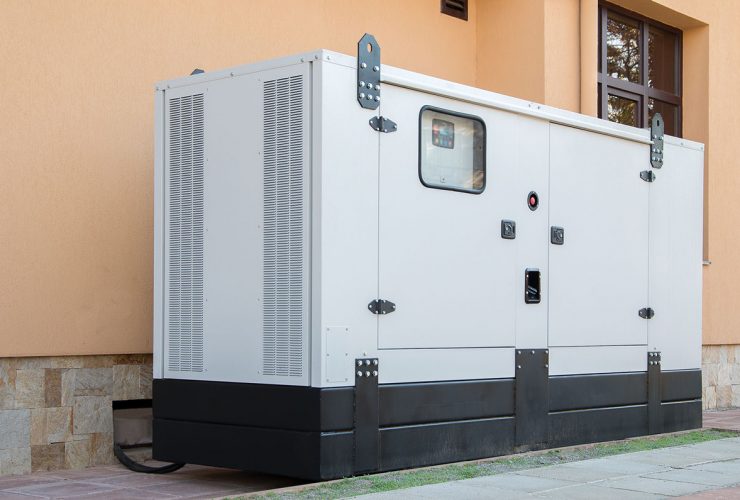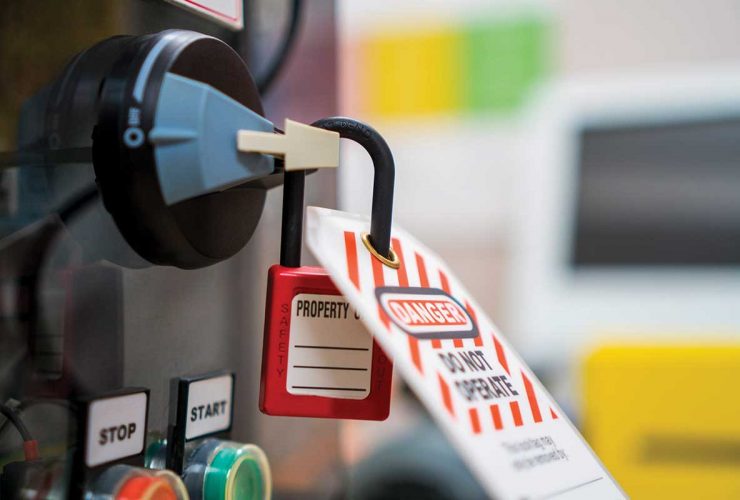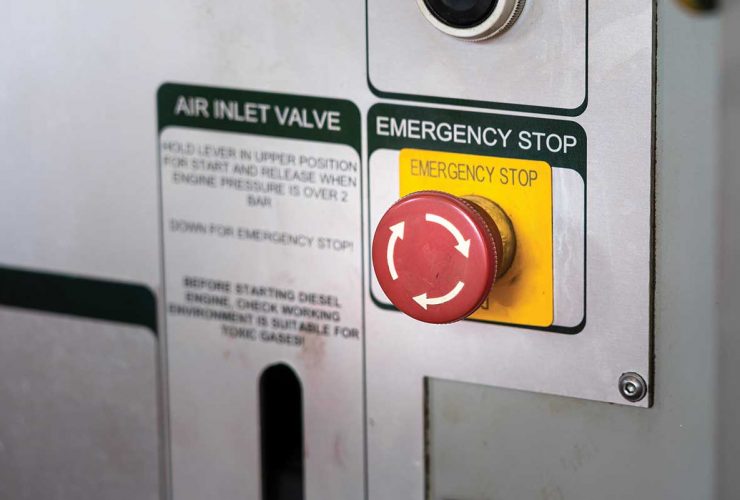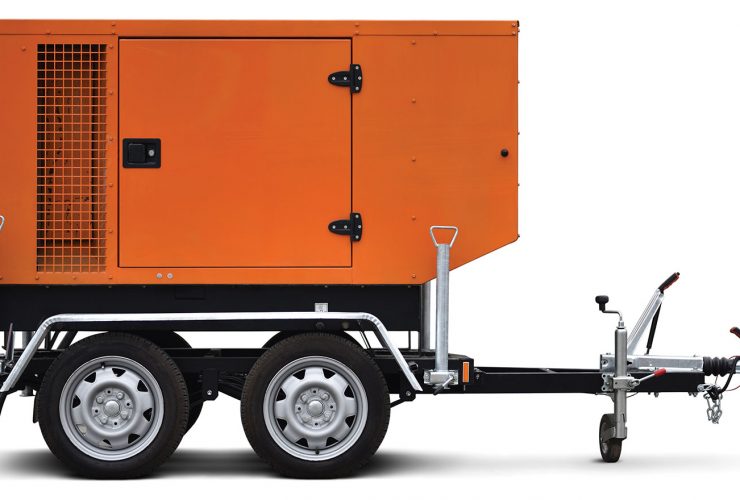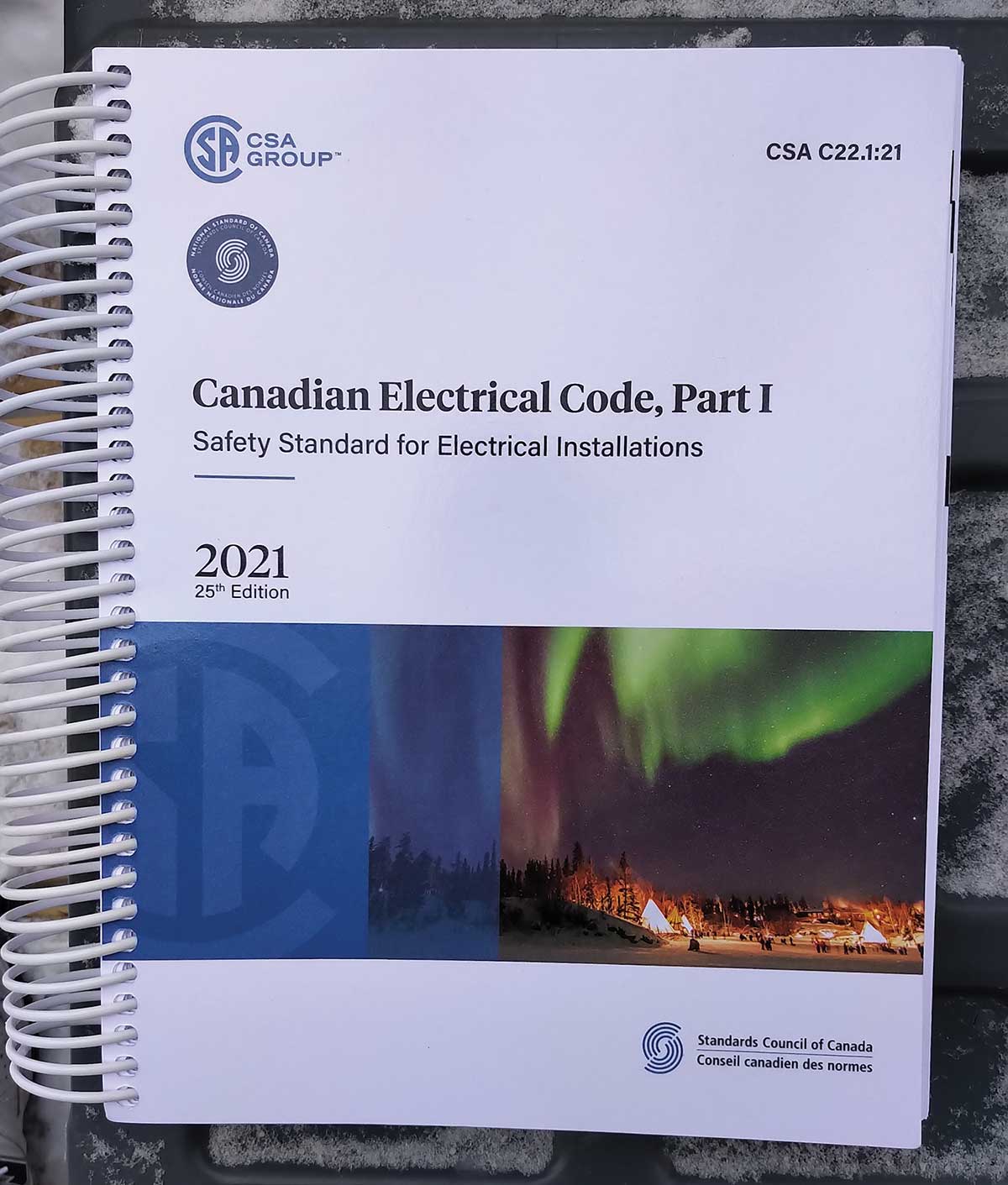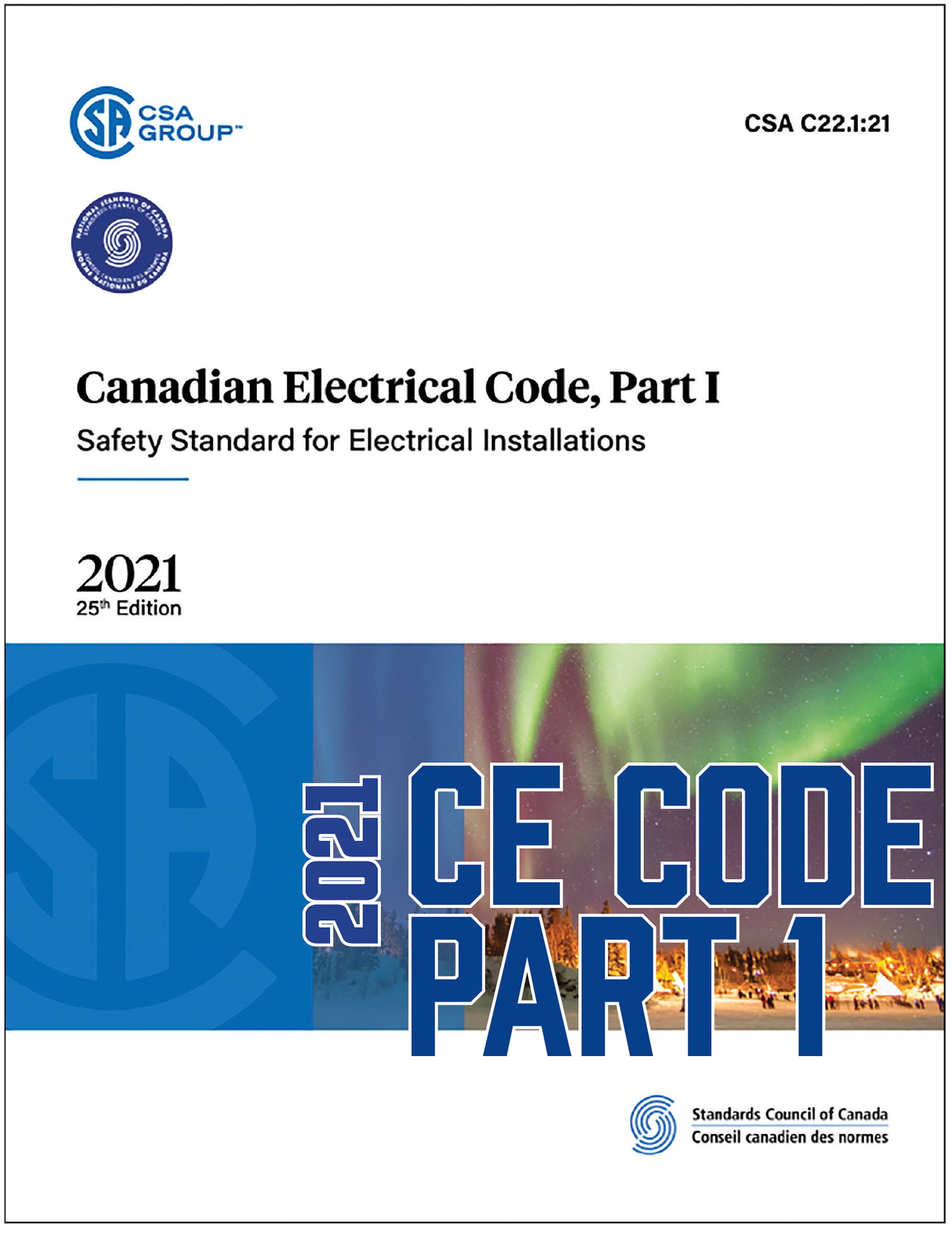Let’s examine the requirements regarding electrical equipment in service rooms per the National Building Code of Canada and the Canadian Electrical Code, Part I.
NFPA 70E and CSA Z462 are, for the most part, developed in parallel and are technically aligned. This article will focus on four inter-related safety-related work practice requirements found in both documents.
Let’s look at the requirements regarding electrically connected life safety systems per the requirements in the National Building Code of Canada (NBC).
Are Tables 1 and 3 of the CE Code allowed to be used for the determination of ampacities of single conductor cables in underground installations?
I recently compiled ten new questions raised by the readers regarding the use of emergency generators
This is the fifth and final of a series of articles detailing significant changes for the 2021 Canadian Electrical Code Part I (CE Code).
Let’s first acknowledge that this new defined terminology and relaxations allowed by Section 8 of the Canadian Electrical Code, Part I (CE Code)
This article will discuss the addition of energy storage system requirements in Section 64, starting with changes to the name and scope of the section to include energy production in addition to renewable energy and energy storage systems.
This is the third of a series of articles detailing significant changes for the 2021 Canadian Electrical Code Part I (CE Code).
Why only approved equipment must be used in an electrical installation, and what does equipment approval mean?





